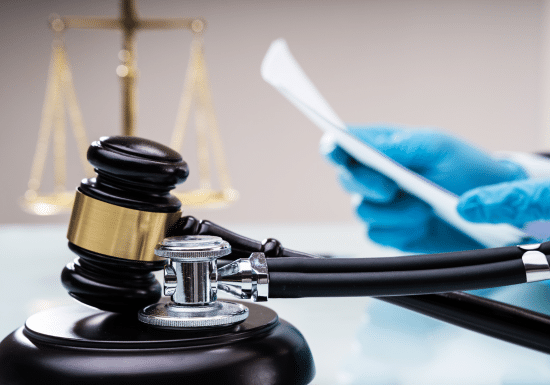
When you visit a doctor or hospital, you’re placing immense trust in the hands of professionals trained to care for your health. But what happens when that trust is broken—and the care you receive does more harm than good?
That’s where medical malpractice comes in. It’s not just about a bad outcome or a missed diagnosis—it’s about negligence that causes real harm. And proving it in court takes more than pointing out a mistake—it requires building a strong, evidence-backed legal case.
Medical malpractice can be a devastating experience for patients and their families. It occurs when a healthcare provider deviates from the accepted standard of care, resulting in harm to a patient. This can involve errors in diagnosis, treatment, aftercare, or health management. Understanding how to prove medical malpractice is crucial for patients seeking justice and compensation.
Medical malpractice occurs when a healthcare provider—like a doctor, nurse, or hospital—fails to meet the standard of care, and that failure causes injury to a patient. It’s not enough for a doctor to be wrong; the mistake must be one that a competent professional should have avoided under similar circumstances.
Common examples include:
To win a medical malpractice lawsuit in New York, you (and your legal team) need to prove four key elements:
Here’s what goes into building a strong medical malpractice claim:
Even if the facts seem clear, medical malpractice cases are notoriously tough. Hospitals and insurance companies fight hard to avoid admitting fault.
A skilled attorney can:
Not every medical mistake is malpractice—but when doctors fail to meet their responsibilities and patients suffer because of it, they should be held accountable. If you believe you’ve been a victim of medical malpractice, you don’t have to navigate the system alone.